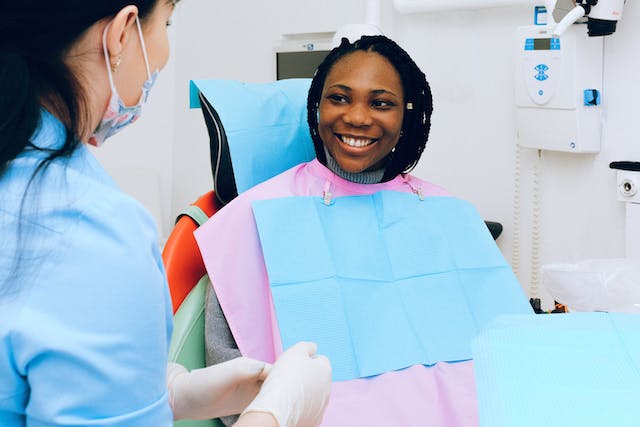In an era dominated by digital advancements, dental practices are increasingly leveraging the power of the internet to connect with patients, streamline processes, and enhance overall service delivery. However, as the digital landscape expands, so do the potential threats to sensitive patient information. Dental websites, being a repository of personal and medical data, are particularly vulnerable to cyberattacks. Therefore, implementing robust security measures is not just a choice; it’s a necessity for protecting patient confidentiality and ensuring regulatory compliance.
Understanding the Risks:
Patient data is a valuable commodity on the black market, making Dental Web Design Service attractive targets for cybercriminals. From names and contact details to medical histories and insurance information, the data housed on these platforms is a treasure trove for identity thieves and malicious actors. Consequently, dental practices must be vigilant in recognizing and addressing the risks associated with inadequate online security.
Encryption Protocols:
One of the fundamental security measures for dental websites is the implementation of encryption protocols. Secure Socket Layer (SSL) or Transport Layer Security (TLS) protocols encrypt data transmitted between the website and the user, safeguarding it from interception by unauthorized entities. A website with a valid SSL certificate not only instills confidence in patients but also ensures that sensitive information remains confidential during transmission.
Regular Software Updates:
Outdated software is a common vulnerability exploited by cybercriminals. Dental websites must regularly update their content management systems (CMS), plugins, and other software components to patch known security vulnerabilities. By staying current with software updates, dental practices can fortify their digital infrastructure against potential threats and ensure a more secure online environment for both themselves and their patients.
Access Control Mechanisms:
Controlling access to sensitive information is paramount in maintaining the security of dental websites. Implementing strong authentication processes, including multi-factor authentication, helps ensure that only authorized personnel can access patient data. Additionally, restricting access based on job roles minimizes the risk of unauthorized individuals gaining entry to confidential information.
Data Encryption at Rest:
Beyond securing data during transmission, dental practices should also focus on encrypting data at rest. This means that even if an unauthorized user gains access to the database or server where patient information is stored, the data remains unreadable without the appropriate decryption keys.
Employee Training and Awareness:
Human error is a significant factor in security breaches. Training employees on cybersecurity best practices and raising awareness about the potential risks associated with handling patient information can significantly reduce the likelihood of unintentional data breaches. Regular workshops and updates on evolving cybersecurity threats empower staff to be proactive in safeguarding patient data.
In conclusion, securing dental websites is not just a matter of compliance; it’s a commitment to patient trust and privacy. Dental practices must prioritize the implementation of comprehensive security measures to protect sensitive information from the ever-evolving landscape of cyber threats. By adopting encryption protocols, staying vigilant with software updates, controlling access, encrypting data at rest, and investing in employee training, dental websites can establish a robust defense against potential security breaches.
For comprehensive dental web security solutions that prioritize patient privacy, consider partnering with Solution21, Inc. With a wealth of experience in developing secure and user-friendly dental websites, Solution21, Inc. is committed to helping dental practices thrive in the digital age. Trust us to safeguard your online presence while ensuring the confidentiality of patient information.

